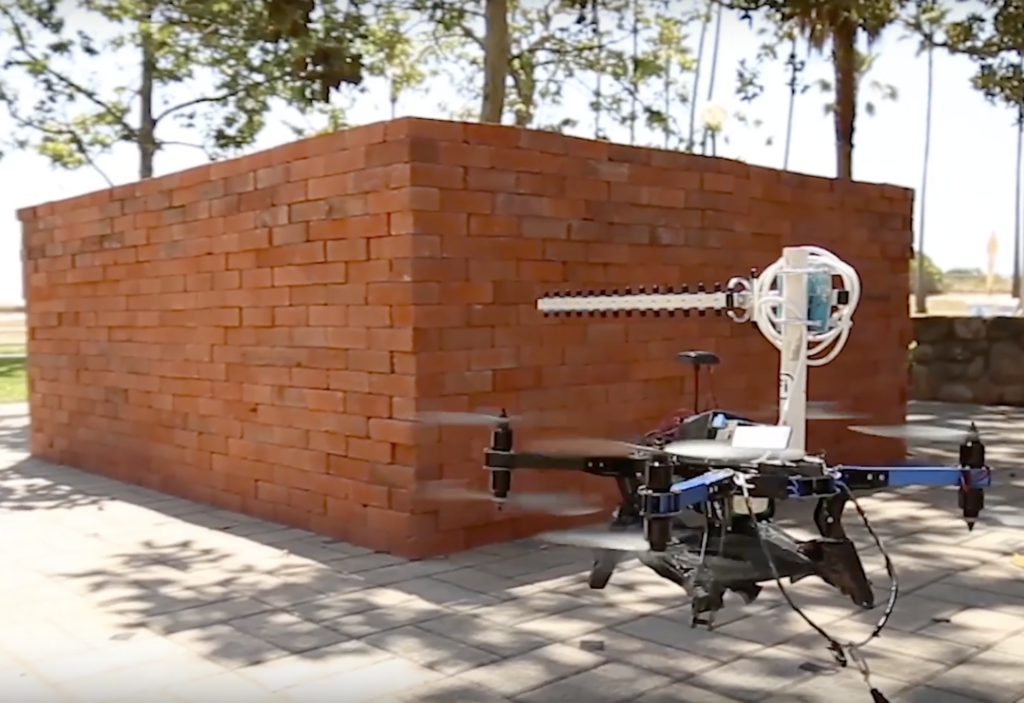Watch two cities face off in a massive GPS art challenge
Move over Mannequin. Take a hike single-finger selfie. There’s a new challenge in town and it is totally awesome! BuzzFeed & T-Mobile got two US cities – Los Angeles and District of Columbia – to face off in an epic GPS Drawing Challenge.
So, two persons representing the cities got hooked with GPS trackers and cameras that record the entire thing. Each of them has a guide remotely giving them turn-by-turn navigation instructions via a mobile phone. The idea is to map the route these people take with an aim to trace a whimsical drawing on a digital map. They both need to brisk walk for a cool 12-mile to complete this art figure. Whoever finishes first, wins the challenge.
Now, any brand worth its salt today knows the power of location when it comes to marketing. In fact, just this month, Snapchat’s parent company Snap acquired location analytics firm Placed to show its advertisers how online advertising leads to offline store visits and purchases. But this indeed is a novel way to leverage maps for marketing.
Though, T-Mobile is not the first company to do adopt this strategy. Last year, Old Spice ran a contest called Dream Runner, where runners were encouraged to draw GPS art figures on their routes. The company would look at the drawing, decide what it is and give out that item as a present to the participant if it had the product in its gift closet.
For now, check out the cool video below to see the faceoff between LA and DC. And without letting out any spoilers we can tell you that the winning art is really adorable!









